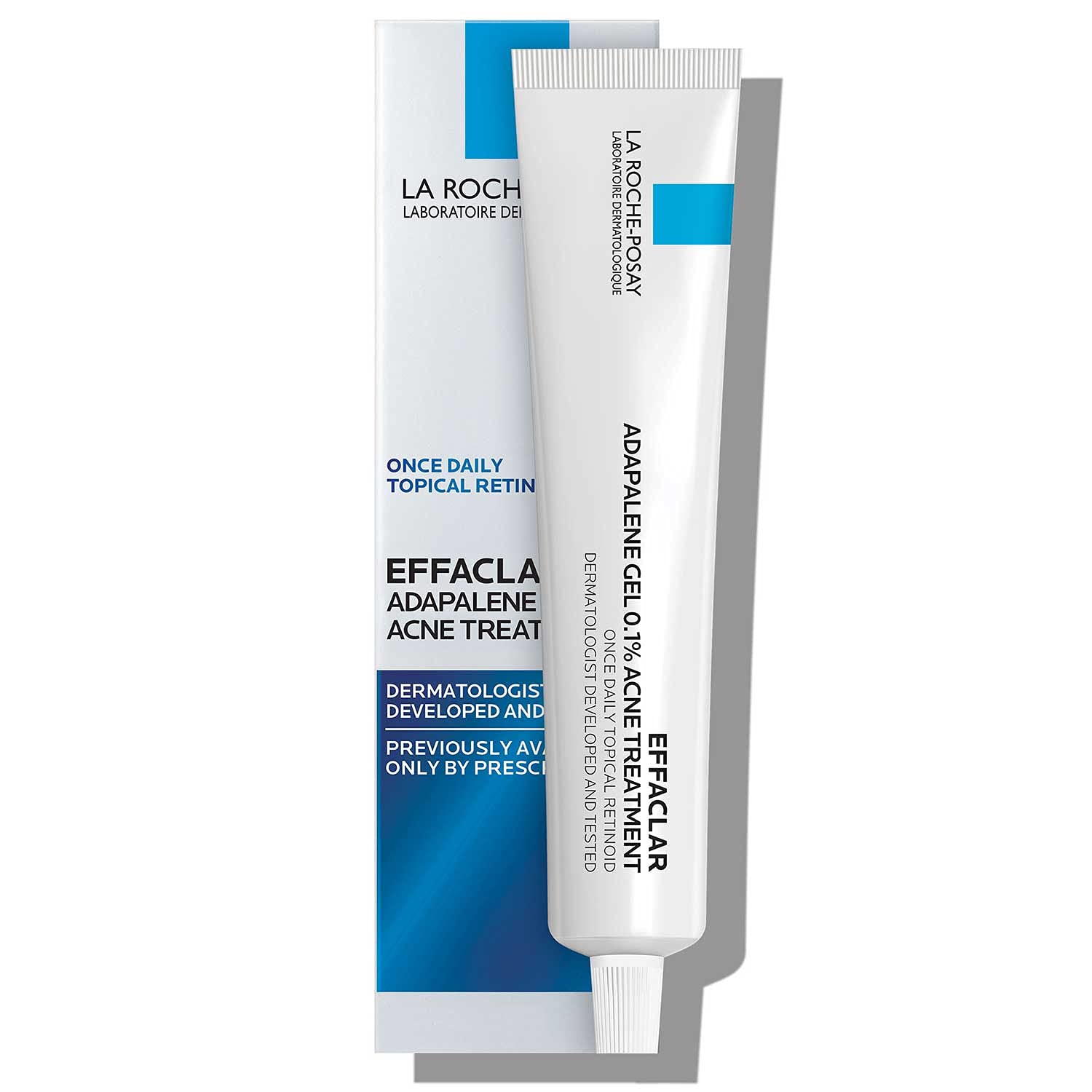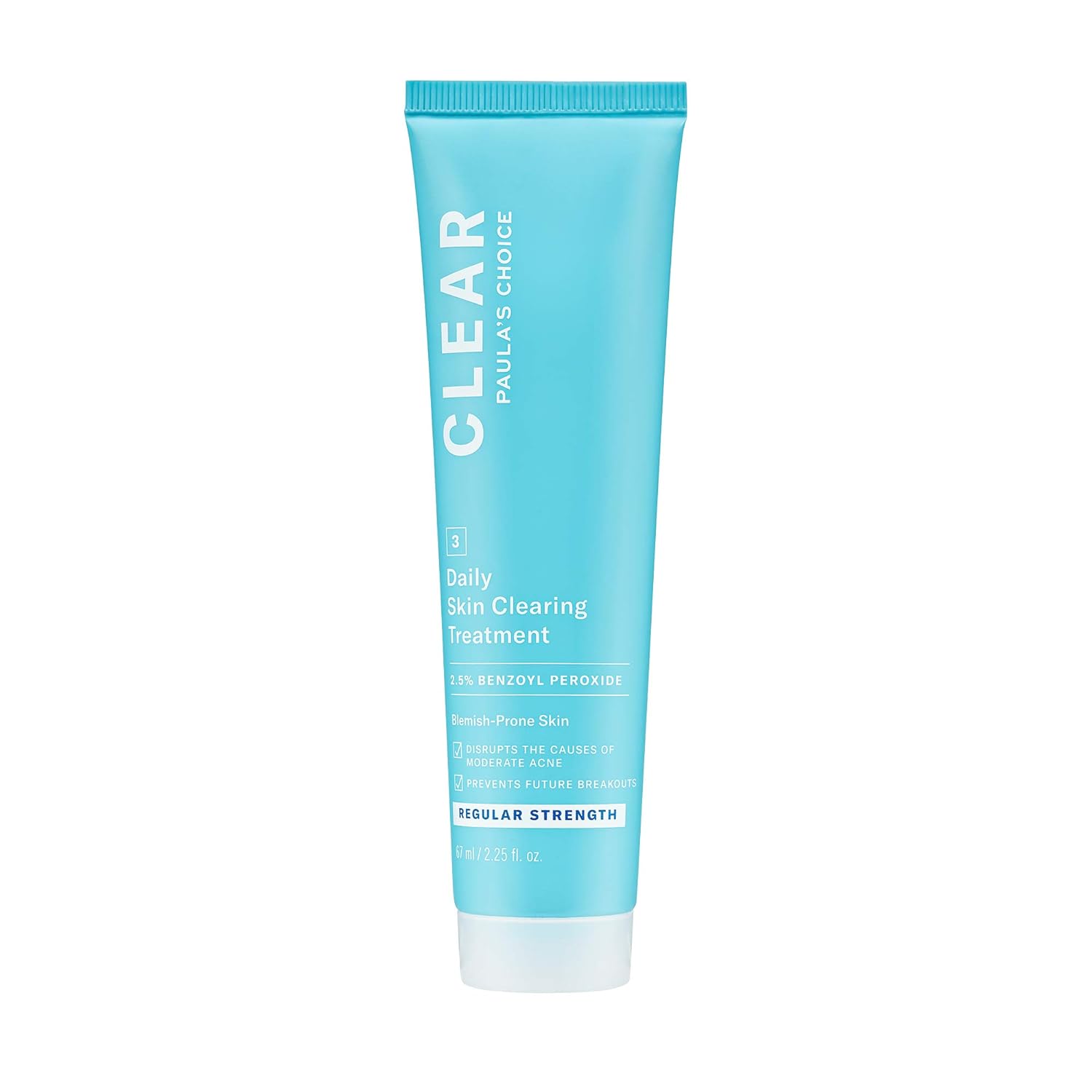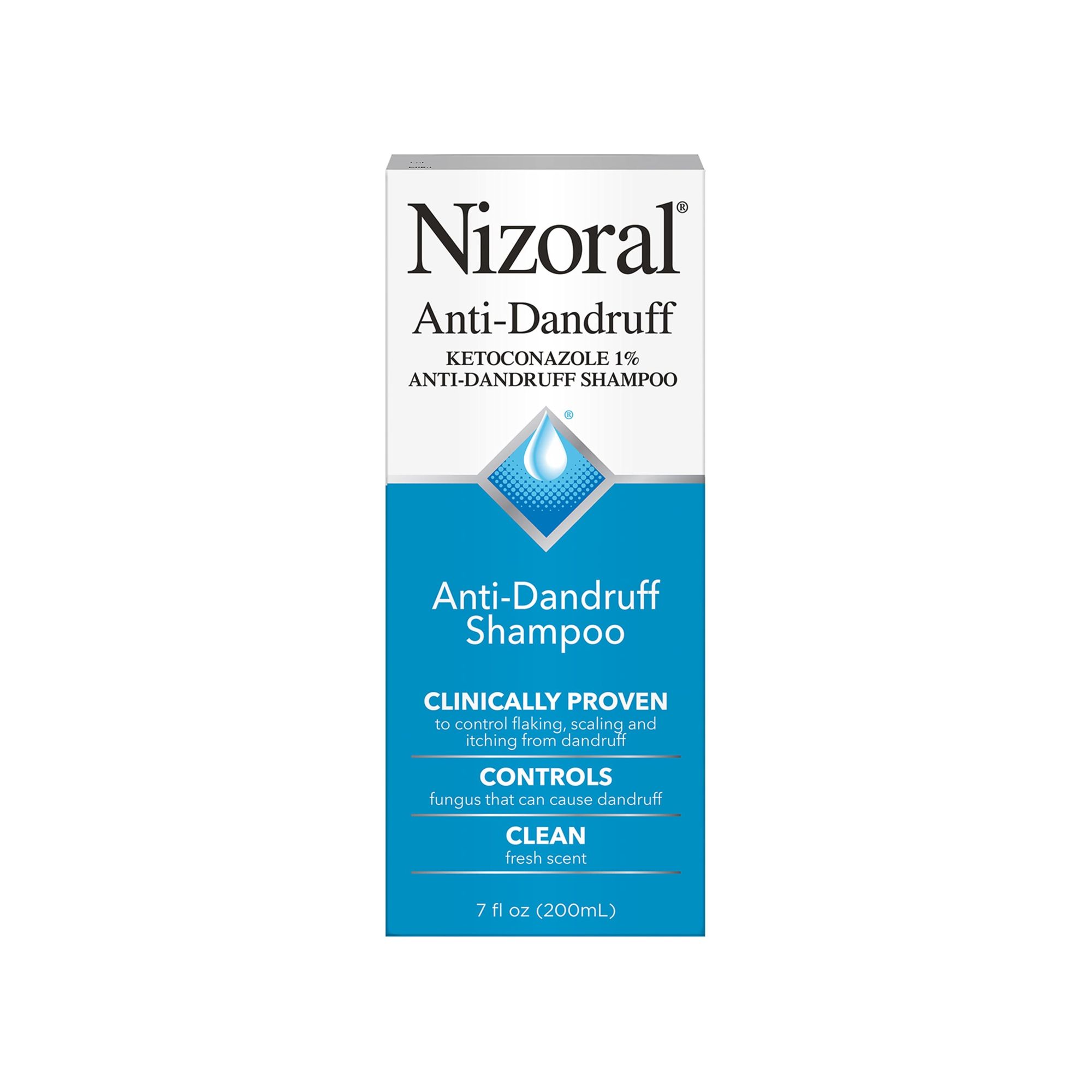Closed comedones are a widespread skin concern, affecting up to 80% of individuals. It can be quite puzzling when these persistent bumps seem resistant to typical acne treatments. In such cases, it's possible that what you're dealing with isn't traditional acne. Instead, your skin may be reacting to a fungal infection, which ironically could be exacerbated by acne medications. These blemishes might mimic closed comedones, but they require different management. Fungal acne vs closed comedones is an ongoing debate. Continue reading to discover the distinctions between them.
Cause and Symptoms of Closed Comedones
Closed comedones commonly emerge during the pre-teen and teen years when the sebaceous glands go into overdrive. However, they can persist into adulthood for those with oily skin. These bumps form when excess sebum and dead cells become trapped within the hair follicle, creating a small protrusion from the skin's surface. Unlike typical pimples, they are not red or inflamed. Instead, they usually present as a flesh-colored dot and have a bumpy texture when touched. They can occur anywhere on the skin but are most commonly found on the chin and forehead.
One really effective way to get rid of closed comedones is through regular extractions. This means getting all the yucky stuff out of your pores using special tools. Dermatologists usually suggest doing this once a month, but it really depends on your skin. You can either book an appointment with an esthetician or learn to do it yourself to save some cash. There's this article, “How to Do Manual Blackhead Extractions at Home?” that's full of great tips for your DIY spa day.
Another solid tactic for beating those pesky blackheads is to use skincare products with retinoids and benzoyl peroxide. A study from the Journal of Cosmetic Dermatology found that adapalene 0.1% and benzoyl peroxide 2.5% are pretty good at tackling non-inflammatory acne. It's best to use these at night since they can make your skin more sun-sensitive. Start by cleansing, toning, and moisturizing, then apply a product with adapalene 0.1% all over your face. Finish by putting a thin layer of benzoyl peroxide 2.5% on areas with blackheads.
Best Products to Treat Closed Comedones

Adapalene, which you might know as Differin, is this topical retinoid that's got the FDA's thumbs up for treating acne. When you put it on your skin, it ramps up cell turnover, making it easier for other meds to do their job. Just like with other retinoids, don't expect overnight miracles. It takes a bit of patience. In the first few weeks, your comedonal acne might actually look like it's getting worse, but hang in there – it should start improving. If you stick with it regularly, you should see the full benefits in about three months.

Paula's Choice spot treatment could totally switch things up for your comedones. It's super light and fits right under your moisturizer. This gel has 2.5 percent benzoyl peroxide in it to wipe out dead cells and dry up any extra oil. Plus, it takes down P. acnes bacteria under the skin, stopping more comedonal acne from popping back up. And hey, it's packed with calming stuff like Bisabolol and Allantoin, which cuts down on irritation, making it a good pick even for sensitive skin.
Causes and Symptoms of Fungal Acne
Fungal acne can look a lot like regular comedones, but there are a few key things that set them apart. For starters, fungal acne is caused by a fungus called Malassezia – yep, the same little guys responsible for stuff like dermatitis and dandruff. Normally, they just hang out on your skin without any fuss, but when they start partying in large numbers, that's when issues pop up.
One big giveaway of fungal acne is how it shows up: you'll see clusters of tiny whiteheads, usually on your forehead or chest, and they're pretty much all the same shape and size. Unlike regular acne, you can't just squeeze these out, even with those fancy extraction tools. And here's a real tell-tale sign: if your pimples are actually a fungal infection, they'll be super itchy. That itchiness is a big red flag that it's time to start treating it differently than you would normal acne.
Best Product to Treat Fungal Acne

Nizoral isn't your average gel cleanser – it's actually an anti-dandruff shampoo that's packed with strong stuff designed to bust up the cell membrane of the fungus and stop it from multiplying. You might find it weird, but a lot of dermatologists actually suggest using this as a face wash if you're dealing with fungal breakouts. Just work it into a lather and slap it on your wet face. Let it sit there for about five minutes to do its thing, then rinse it off and jump back into your regular beauty routine. You'll usually start seeing the full effects after using it regularly for about two weeks.
Final Words: Fungal Acne vs Closed Comedones
- Fungal acne is itchy. Comedones don’t bother you at all.
- Bacteria causes closed comedones, whereas fungus causes fungal acne.
- While comedonal acne can appear as a lonely little bump, fungal acne shows up as a group of tiny whiteheads.

